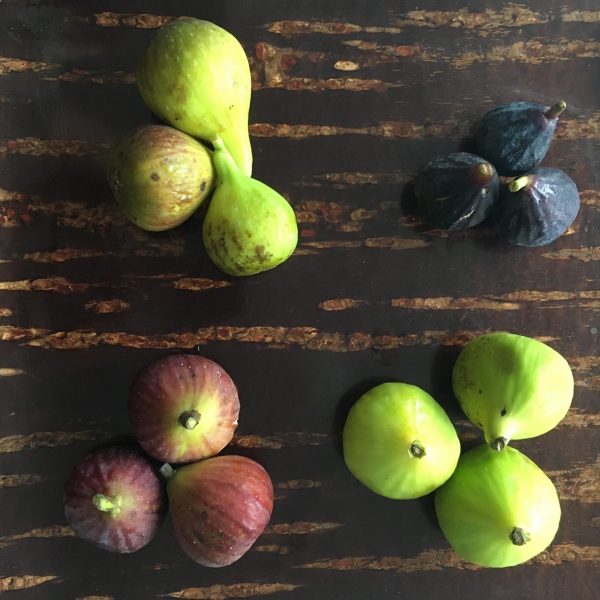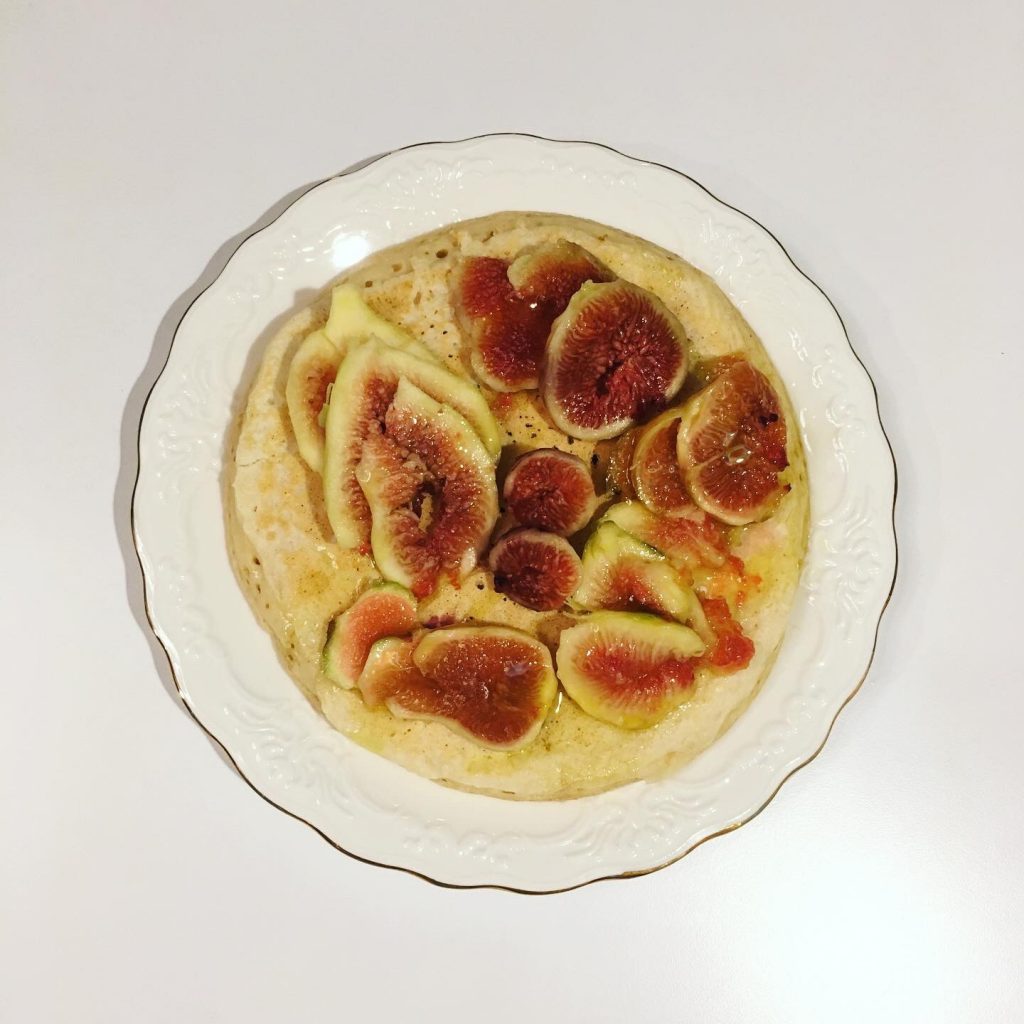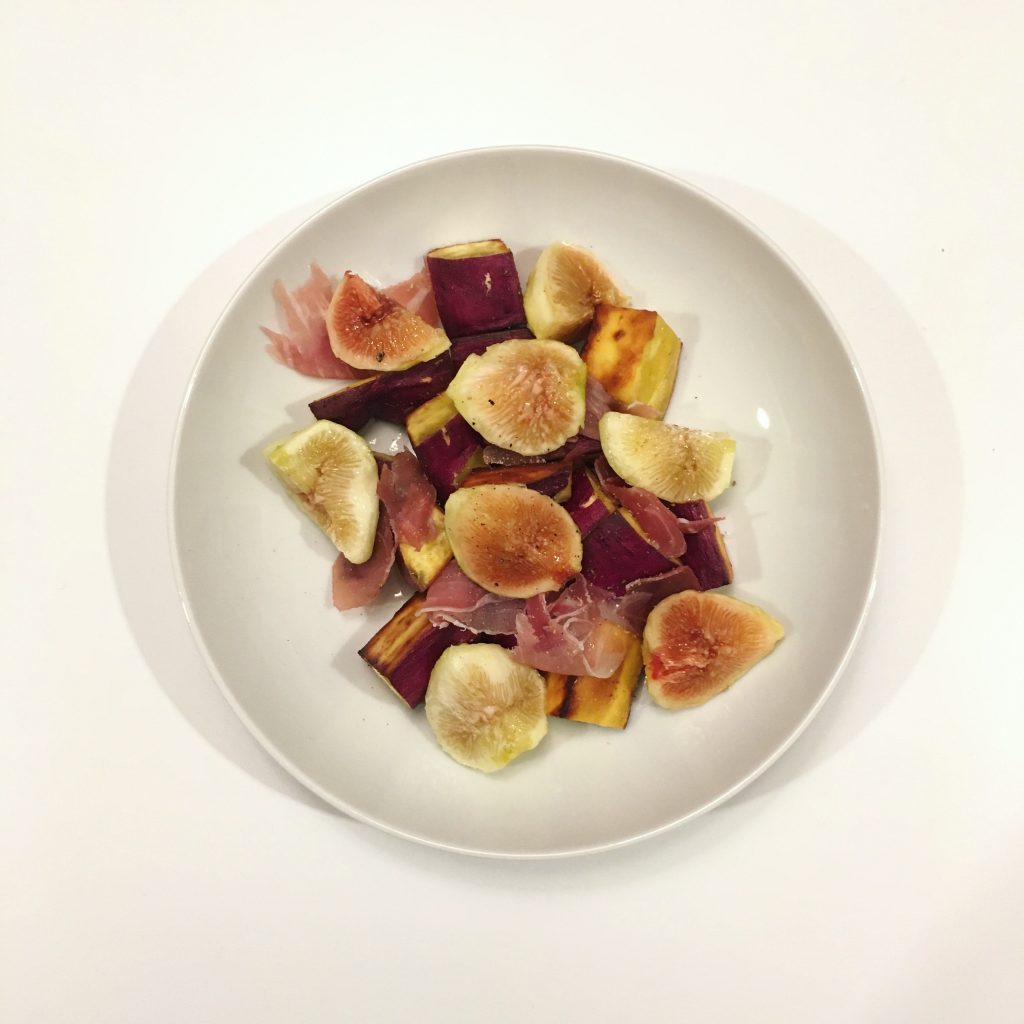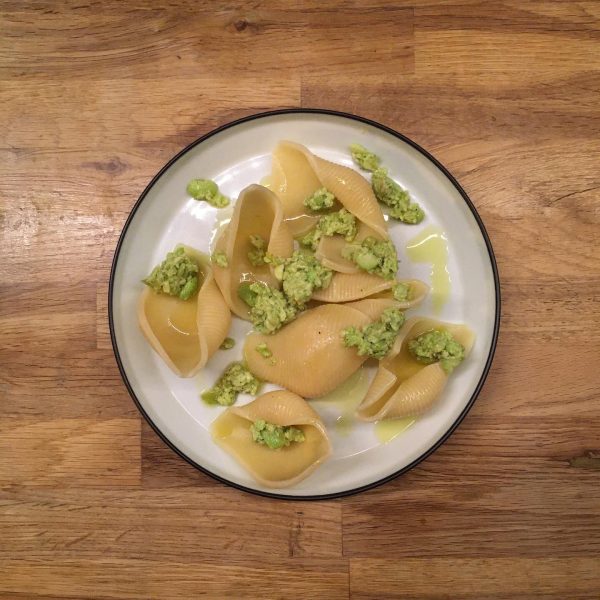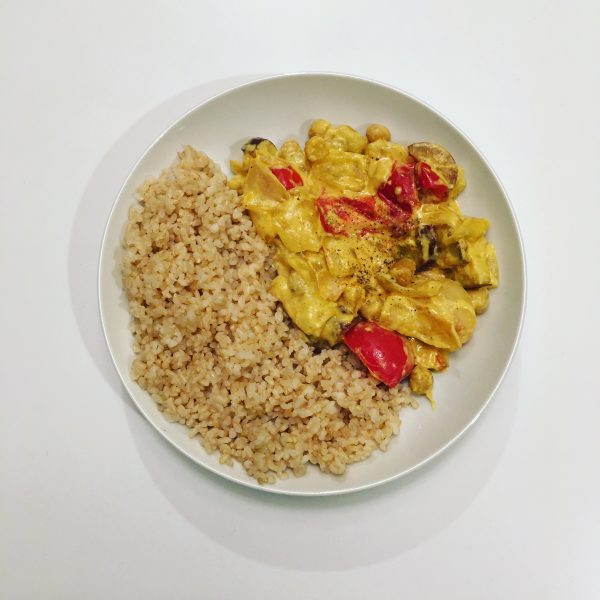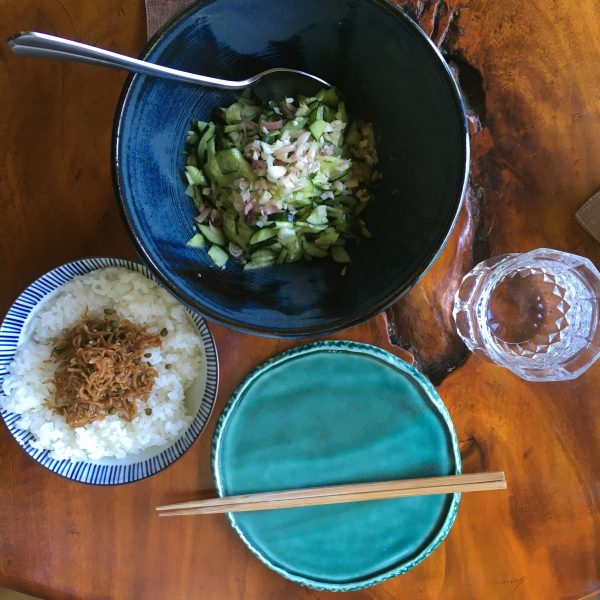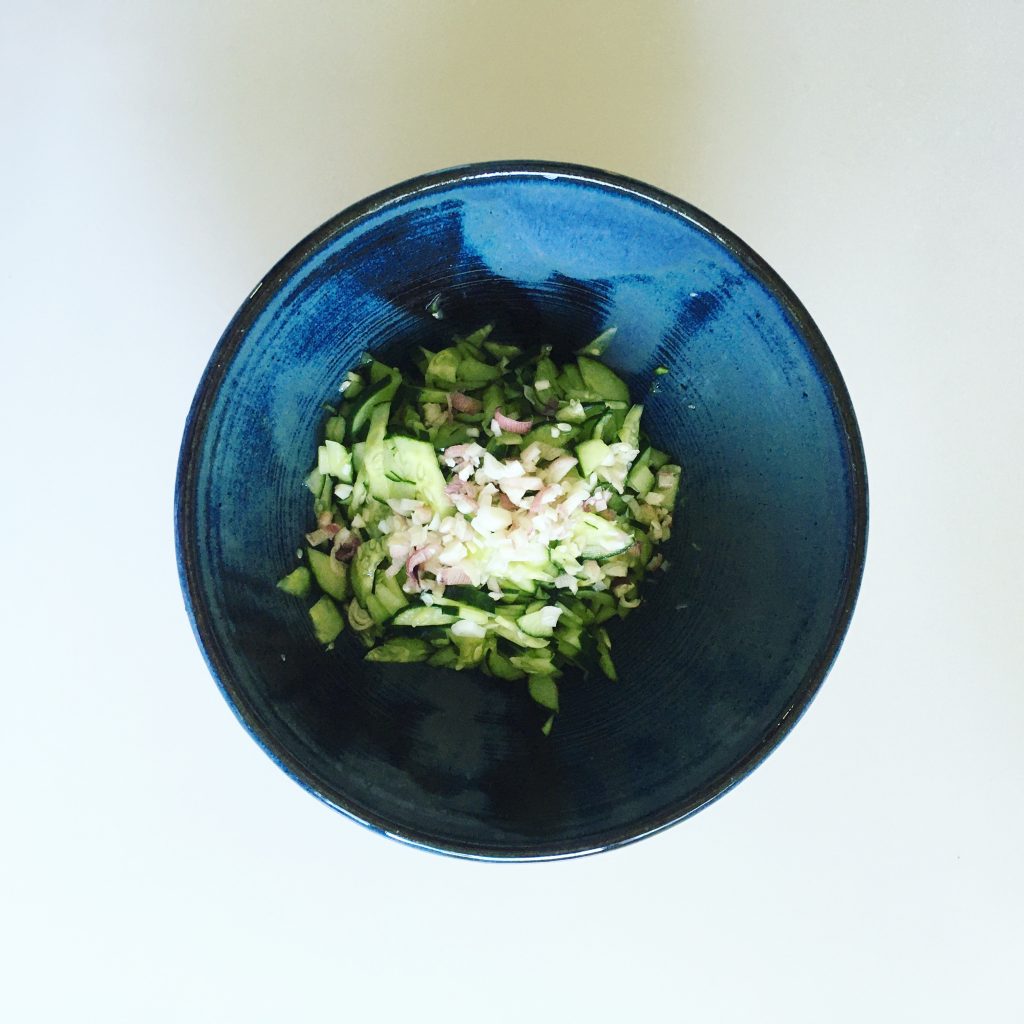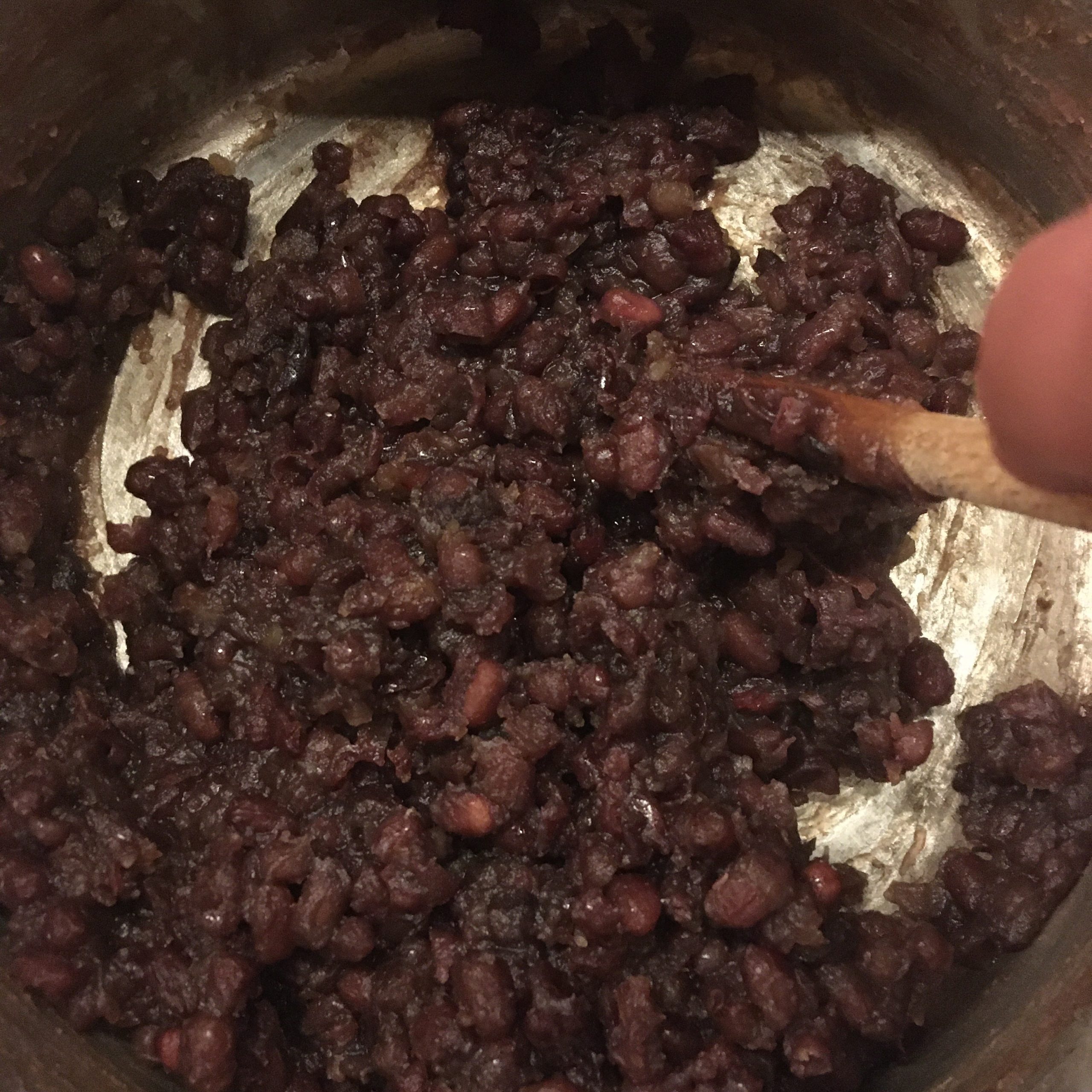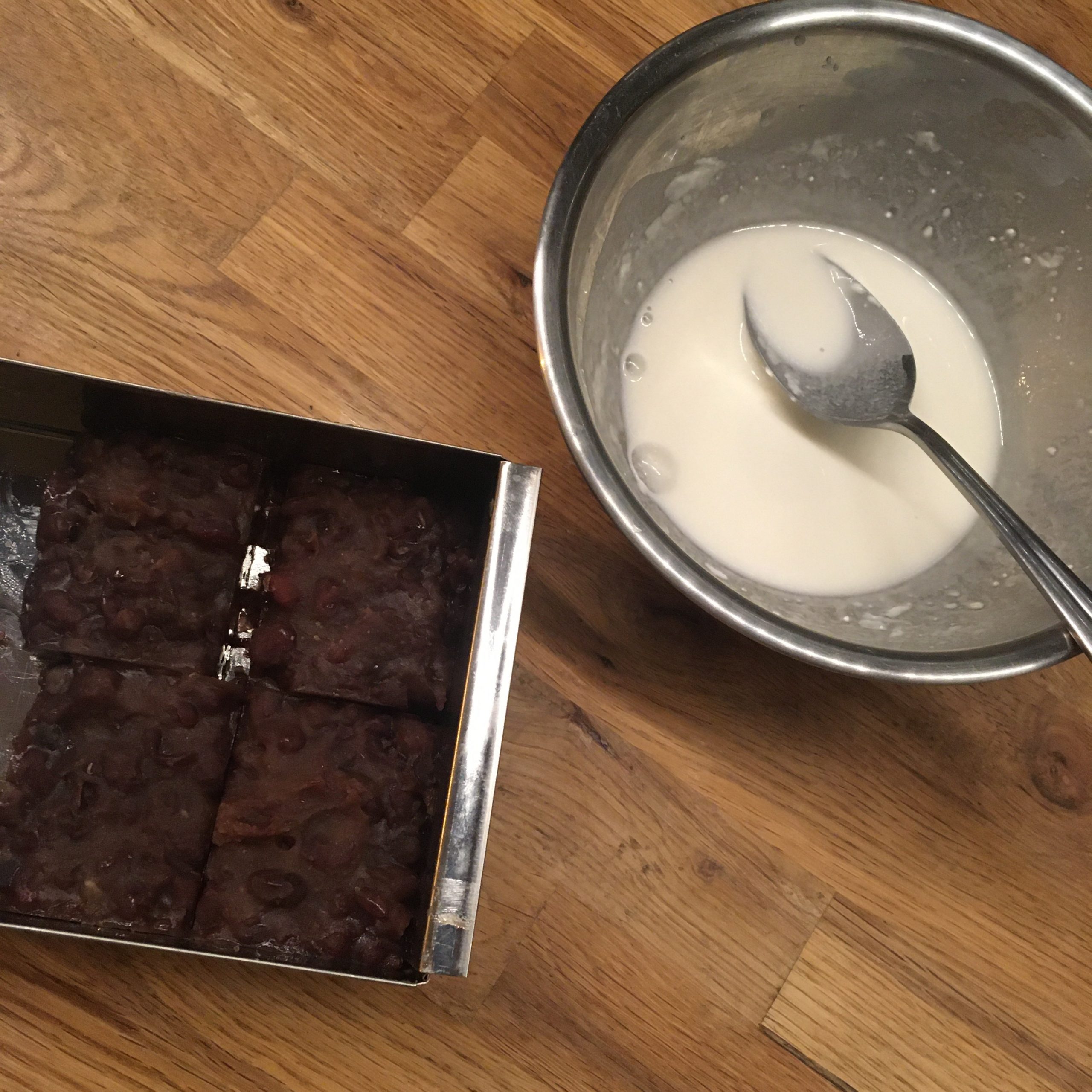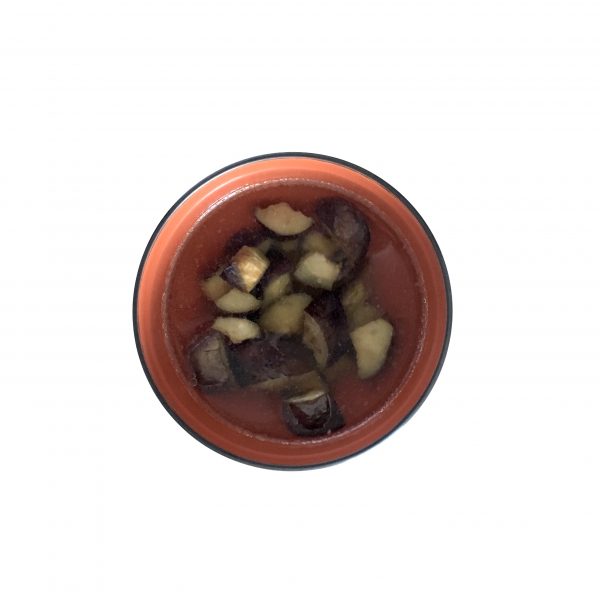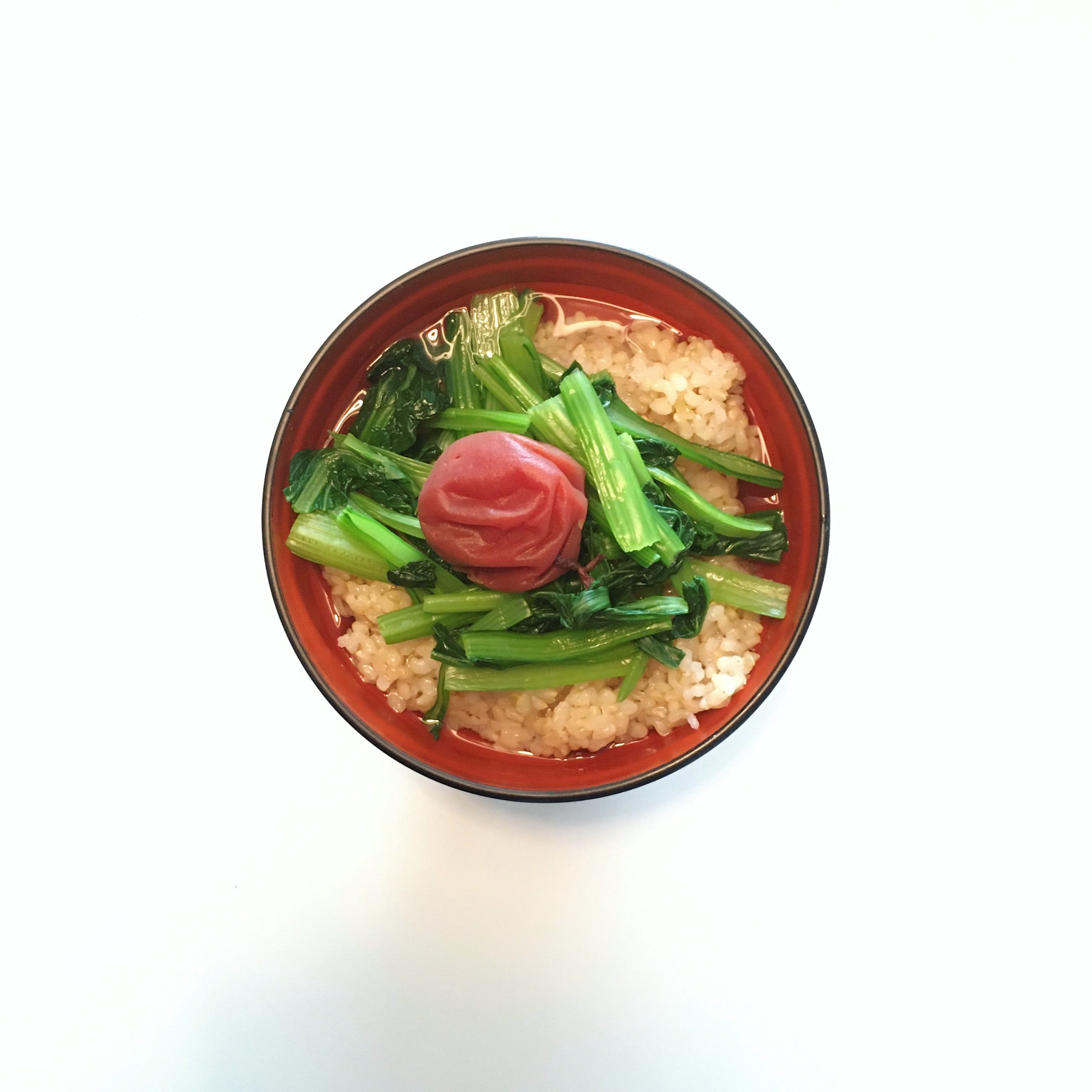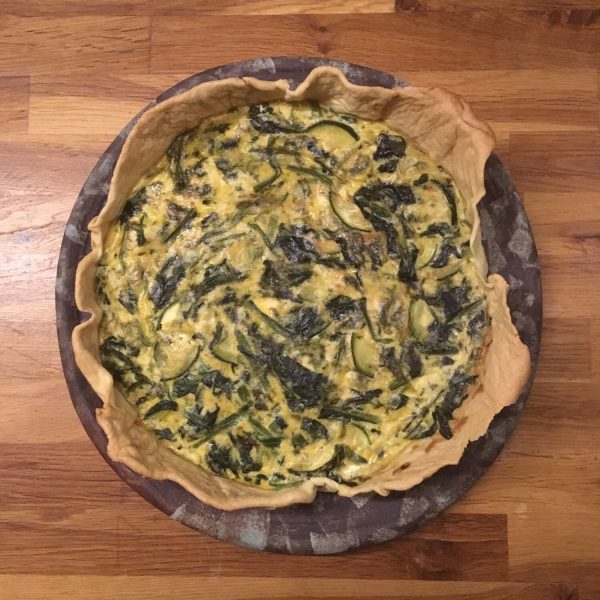After a very tough week for me starting literally with a lower back pain that was so excruciating that A. had to drove me to the doc as I couldn’t even walk. Seating was a torture and lying was not better, I was happy I survived it and could finally walk, bend and move almost normally. But the doc said that my muscles needed a good week of rest so I followed the orders. No tennis, no bodyboarding and no gardening. I only allowed myself a 30min ocean swim on Saturday and Sunday. That left me with a loooooot of time… to cook of course!
And with the summer slowly going towards the Indian summer, there is a slow change on fruits and vegetables available. Plenty of fruits with grape, nashi, passion fruits and figs. Yes! Figs! I love figs and usually would cook them in sweet recipes as A. is not a huge fan of sweet and savory mixes.
I baked honey fig tarts to start with. And because our friend Y. also had a lower back pain I made extra for them and replace half of the wheat flour in the dough by rice flour. And then the magic of IG worked its charms… A friend who grows figs in a large fig plantation at the foot of mount Fuji saw the picture of the tarts and sent me a big parcel full of figs of different varieties, all with distinct texture, color and flavor.
Having so many figs at once to eat I decided that I could do a few savory recipes too, though to be honest they were so good, I didn’t want to make complex things, and eating them just like that for breakfast was so perfect!
So I browse a bit the internet, but no recipe satisfied me. Most had goat cheese, a total no go for A. and anyway finding good goat cheese in Japan is still not easy…
So I came up with too recipes, the first is a total improvisation, the second is inspired by Israeli cuisine, from one of Yossam Ottolenghi’s book.
So three recipes today, all with figs. One sweet, one savory and one up to you!! Enjoy!!
Fig tartelettes (4~6 servings)
- 6-8 large fresh figs
- 100g of rice flour
- 100g of wheat flour
- 50g of butter or olive oil
- 4tsp of honey
- A bit of water
In a bowl mix the flours, the butter (or olive oil), add water little by little while kneading until obtaining a smooth dough.
Pre-heat your oven to 200deg. Roll the dough and put it in a pie dish (I used individual ones). Peel the figs and slice them, arrange them nicely, add the honey. Bake for about 20min, or until the crust is baked.
Chickpea pancakes with figs (2 servings)
- 8-10 fresh figs
- 100g of chickpea flour
- 1tsp of baking powder
- 1tbs of cottage cheese (optional)
- Water or milk
- Salt and pepper or honey (savory or sweet)
- Olive oil
In a bowl mix the chickpea flour, the baking powder, the cottage cheese (if you use some), and the water and/or milk until obtaining a pancake dough (not too liquid, but not hard).
In a greased pan cook the pancakes. I used a 15cm pan to have one large and fluffy pancake per person.
While the pancakes are cooking, peel the figs and slice them. When the pancakes are ready top with the figs, a drizzle of olive oil salt and pepper, or honey. Ready!!
Sweet potatoes and figs (2 servings)
- 1 sweet potato
- 6-8 fresh figs
- 1tsp of oil
- 1/2tsp of vinegar
- Salt and pepper
- 3 slices of prosciutto (optional)
Wash the sweet potato and cut it in bite size. In s pan greased with the oil cook the sweet potato at medium heat until soft.
Peel the figs and cut in quarters. Serve the sweet potato in the plates, add the vinegar, salt and pepper, the figs and the prosciutto. That’s it!Really simple isn’t it?
